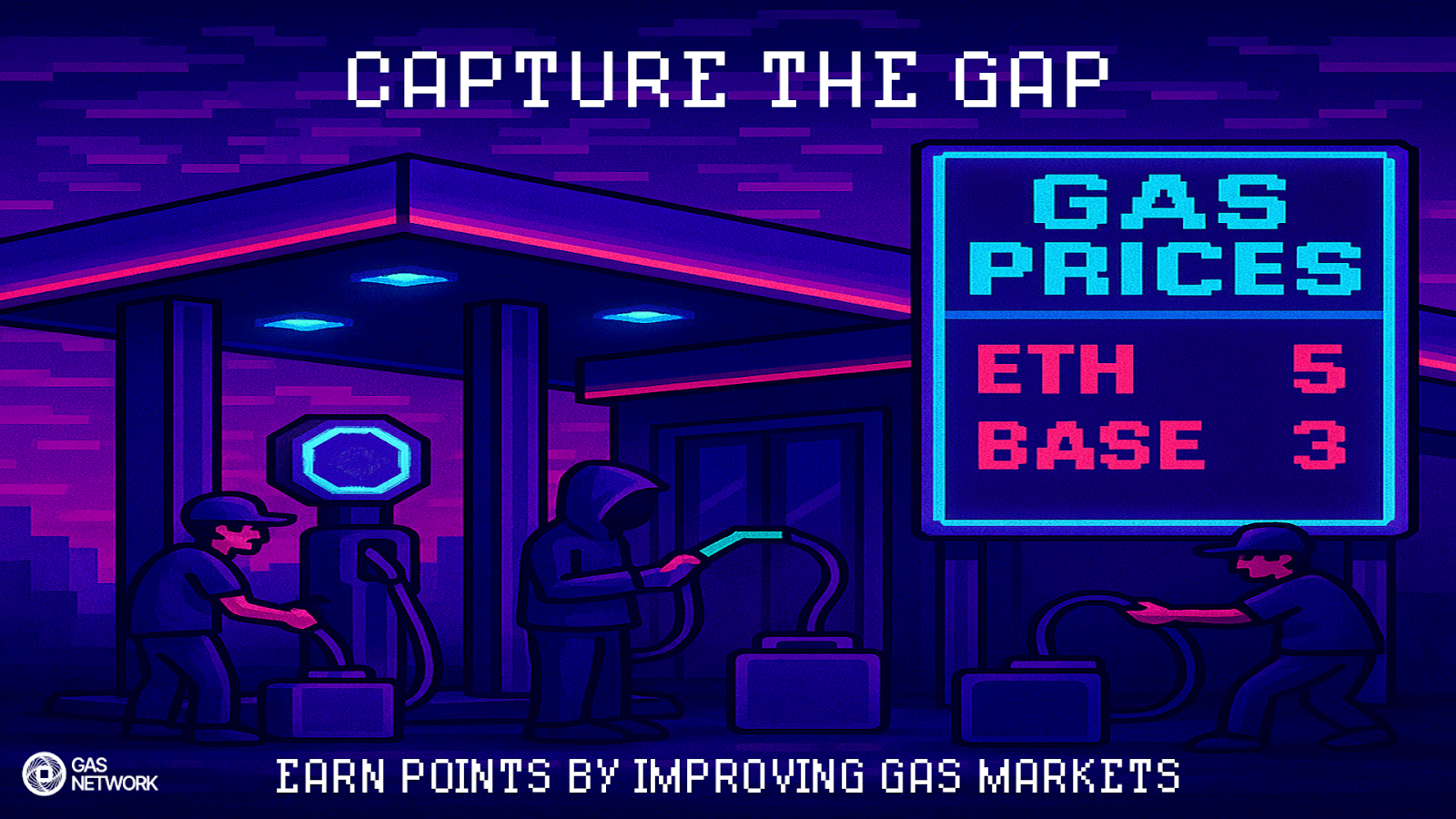Incubated and developed by the popular centralized exchange Coinbase, Base is an Ethereum Layer (L2) built on OP stack alongside Optimism with plans to progressively decentralize over time. Despite having no network token, Base has become one of the most vibrant and active ecosystems across web3.
Let’s dive into the basics, beginning with a high-level overview on fees on Base.
The high-level TLDR on Base
First thing’s first, Base is a layer-2 (L2) network.
Layer-2 networks sit on top of an underlying blockchain protocol — in the case of Base it sits on Ethereum. The L2 (Base) processes transactions off of the Ethereum mainnet (layer 1). There are some tangible benefits for both devs and users under this model:
- More scalable
- More efficient
- Faster transaction speeds
- Lower gas fees
- Secure + decentralized
Base is fully EVM compatible. EVM = Ethereum Virtual Machine. This is jut a fancy way to say Base uses software that’s compatible with Ethereum networks. Base’s unique positioning is that developers can access EVM-compatibility at lower costs and a more robust developer platform.
Base offers gasless transactions on dapps for end-users and robust APIs for account abstraction. Base builders can also build multi-chain applications with bridges — so you don’t have to build applications for just one chain.
How do network fees on Base work?
We’ll keep it simple.
Every transaction on Base has two costs: an L2 (execution) fee and an L1 (security) fee. The L2 fee = the cost to execute a transaction on the L2 and the L1 fee is an estimate of how much it cost to publish the transaction on the L1. Normally, L1 fees are higher than L2 execution fee.
This is where Blocknative’s Gas Estimator comes in. Blocknative makes it easy for developers to accurately predict their L1 fees. With more accurate price predictions, developers can safely and reliably execute smart contracts so they can focus on what they do best…building.
Gas prediction can get complicated, because L1 fees will vary based on the current transaction volume on the L1. Users can avoid extraneous costs by submitting transactions during low volume periods — and leverage gas prediction tools to assume when gas is lower.
L2 fees are also prone to fluctuate based on transaction volume. An improvement proposal — EIP-1559 — was passed in 2021 to improve volatility to and prevent gas fees.
EIP-1559 + gas fees
Ethereum Improvement Proposal (EIP) 1559 is an upgrade that improves how Ethereum calculates and processes gas fees.
The outcome:
- Increased efficiency for ETH transactions with block-base fees and sender-specified max fees
- previously, ETH users bid on gas prices to better incentivize miners in periods of high or low network congestion.
- there are two components: a "base fee" to pay for regular transaction speed, and an optional "tip" to speed up transactions. Base fees are standard processing and auto-calculated and predictable thanks to Blocknative’s Gas API.
You can think of gas fees like traditional delivery services. When you buy something online, you can pay for standard shipping or express shipping. During busy seasons like holidays, delivery services may increase fees to cover the cost. That cost affects all customers equally.
Previously, Ethereum had no standard fees, forcing users to guess how much to pay. That’s no longer the case.
EIP-1559 changes fees from a first-price auction to a fixed-price sale. There is a maximum gas price set by users so they know how much they have to pay to fulfill a transaction and how much they want to contribute to miners. Any portion not paid to miners is burned.
The primary intention of EIP-1559 was to stabilize gas prices, and Coinbase adopted EIP-1559 into its network fee structure.
For additional details about fee calculation on Base, please refer to their op-stack developer documentation.
How is Base different from Ethereum?
As an EVM-compatible L2 built on the Bedrock release of the OP Stack, Base is very similar to Ethereum. In fact, the OP stack is built to be as close to Ethereum as possible. So what makes it different?
App builders using Base should be aware of these minor differences:
Driving gas solutions with Blocknative
Apps, projects, and protocols within the Base ecosystem should consider using Blocknative to drive gas solutions at scale. You can learn more about our Base Gas Estimation API and decoding APIs here. And reach out to help@blocknative.com to schedule a call.
Gas Extension
Blocknative's proven & powerful Gas API is available in a browser extension to help you quickly and accurately price transactions on 20+ chains.
Download the Extension


